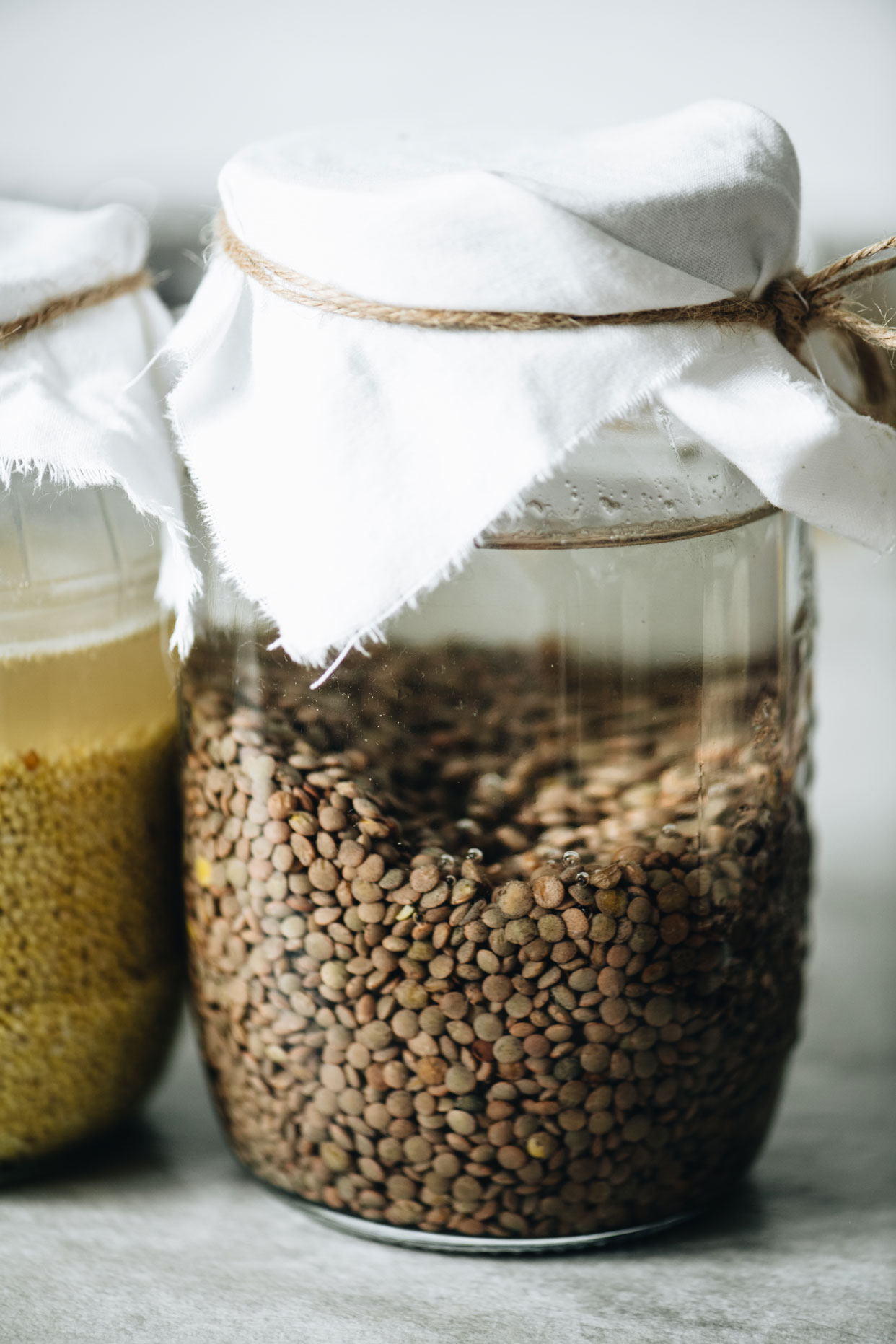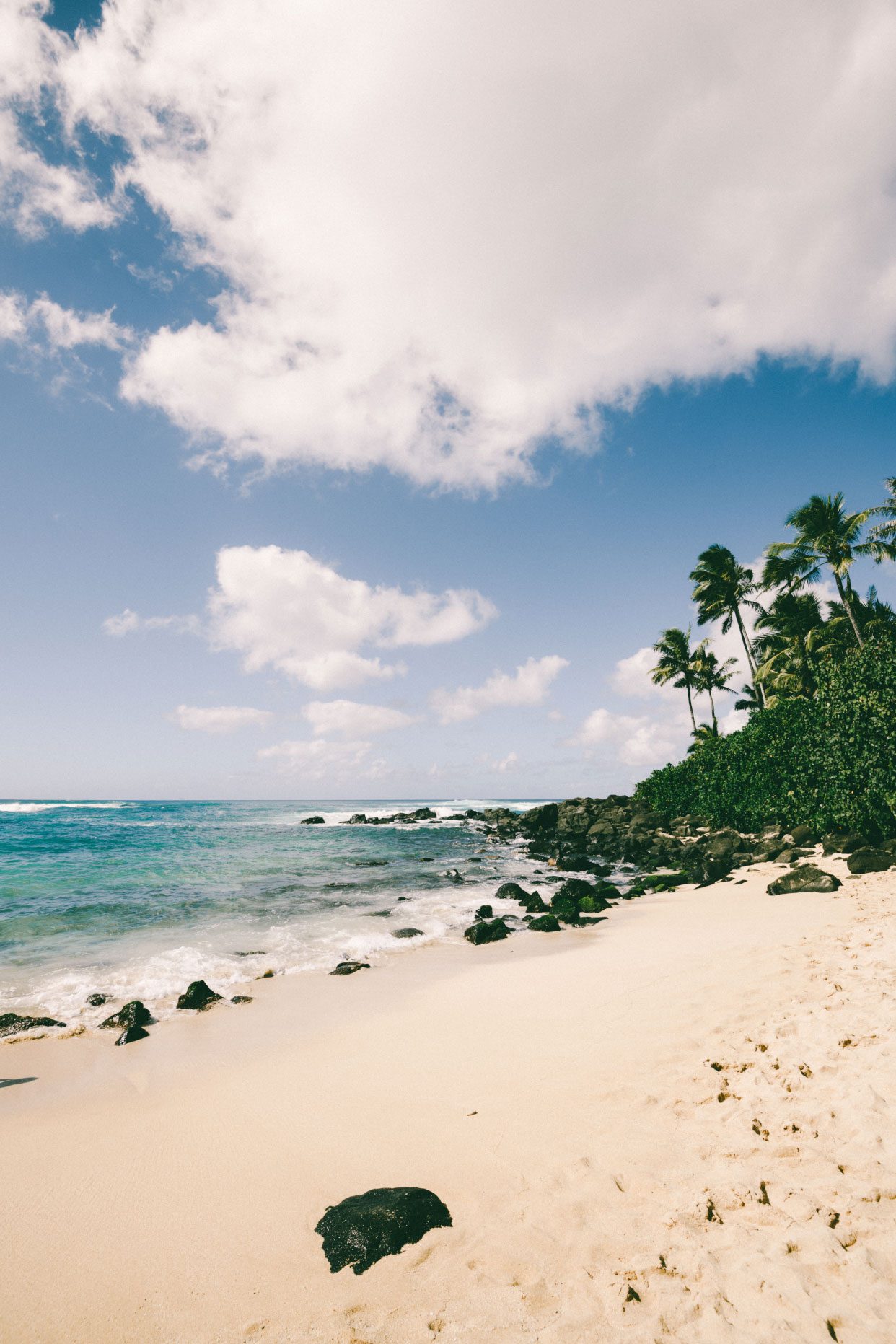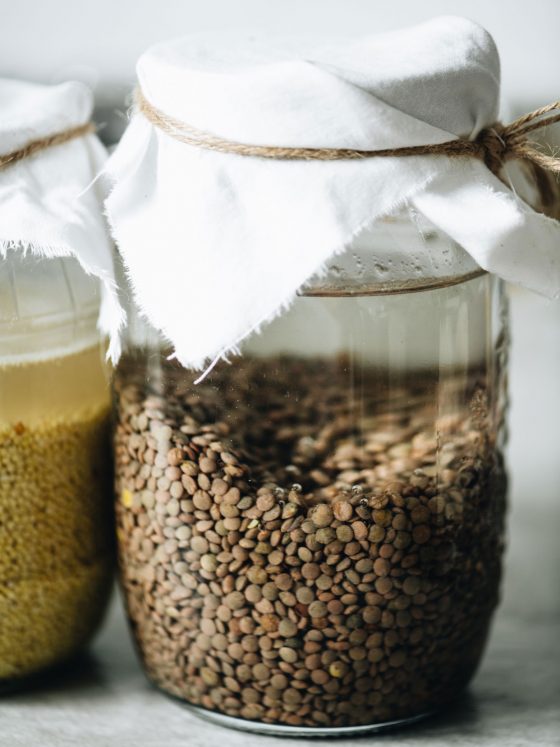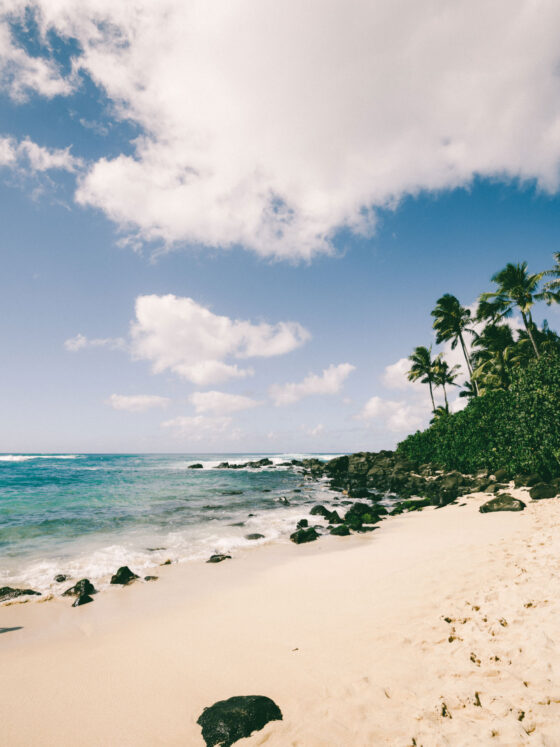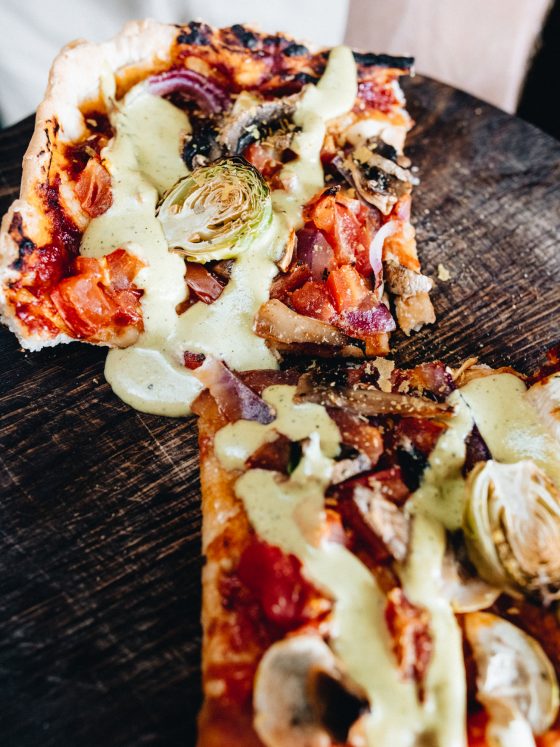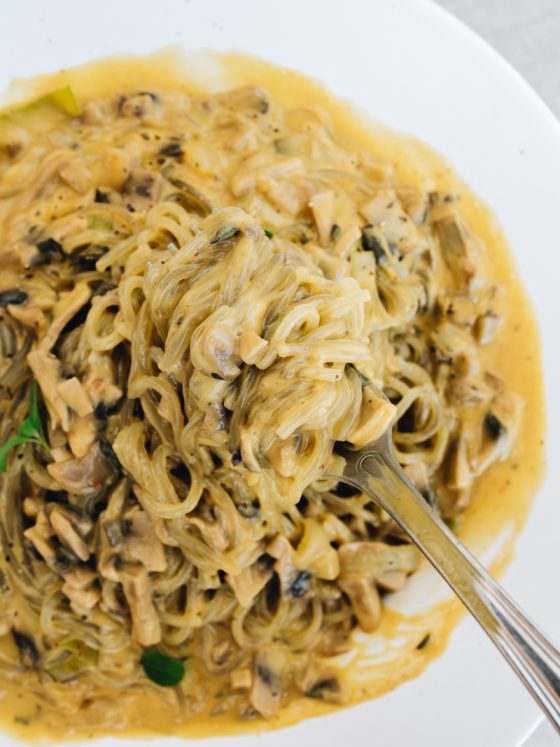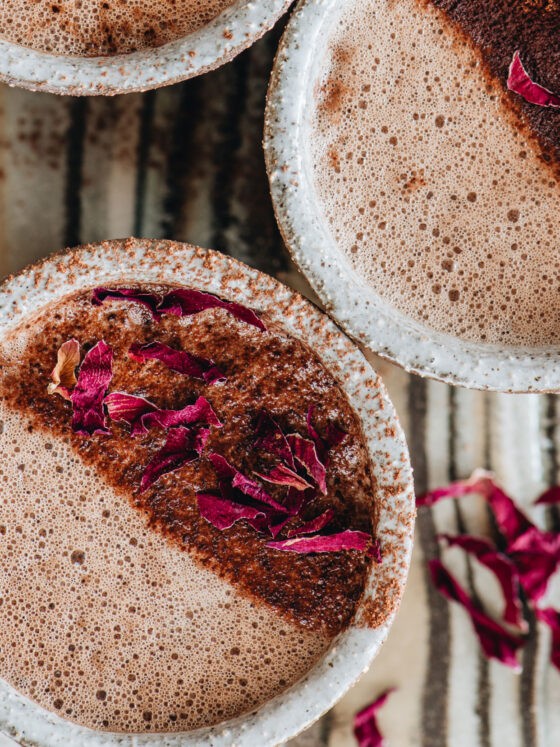Soaking Guide To Reduce Antinutrients
Get FREE Soaking Guide To Reduce Antinutrients and health your gut without supplements. Wellness guide by Greeny App
Best Plant Foods For Immunity Support
To produce this article, we’ve collaborated with nutritionist Morgyn Clair, MS, RDN. Hope it’ll be of great help to you in these crazy times! Want to know more about nutrition…
Blue Zones Diet: How to live longer
We’ve collaborated with professional nutritionist, Rayane Chehab, to continue our “Best Diet Series” with one of the most interesting diets out there — The Blue Zone Diet! Want to know…
Yum Sun-dried Tomato Dressing
Add some Mediterranean flavor to your meals with this sauce. It takes 5 minutes to make and can be served over baked veg, fish, meat, and any salads! Vegan, Vegetarian,…
Italian Veggie Pizza
There is nothing better than thin, crispy pizza loaded with juicy veggies. It’s literally mind blowing! So freaking good. It is that kind of dish that gives incredible pleasure, and…
The Yellow Sauce
This is an example of a creative kitchen. You know that moment when you’re about to make something you make all the time, but accidentally you run out of some…
Cheesy Sweet Potato Noodle
For all the pasta people out there who are excited to cook an epic healthy version of this favorite meal. You can’t go wrong with it. This recipe is super…
Ayurvedic Tonic For Better Sleep with Ashwagandha Mushrooms
All the goodness in one cup! This tonic is a nice mix of ayurvedic herbs, spices and adaptogenic mushrooms. We love using ashwagandha in our drinks, it is literally the…
It’s our time to save the planet
Protecting our planet starts with us. Simple Things You Can Do to Help Protect the Earth There are a lot of things you can actually reuse at home; bags, newspapers,…
Mind-blowing Hazelnut Ice Cream
What can be better than the smell of roasted hazelnuts? Creamy hazelnut ice cream we say! Seriously, the best. It is such a simple and incredibly tasty recipe. Such a…
My plastic free life & zero waste hacks
THINK REUSABLE. NOT DISPOSABLE Gili Air, Indonesia, 2014. It was the first time I deeply realised how plastic and other trash kills the ocean. Our first trip to Gili Islands was…
Rainbow bowl with Beetroot Hummus
Colorful and satisfying, this bowl is a nice lunch that your family will enjoy. Nourish your body, nourish your soul! We love bowls! It began a few years ago when…
